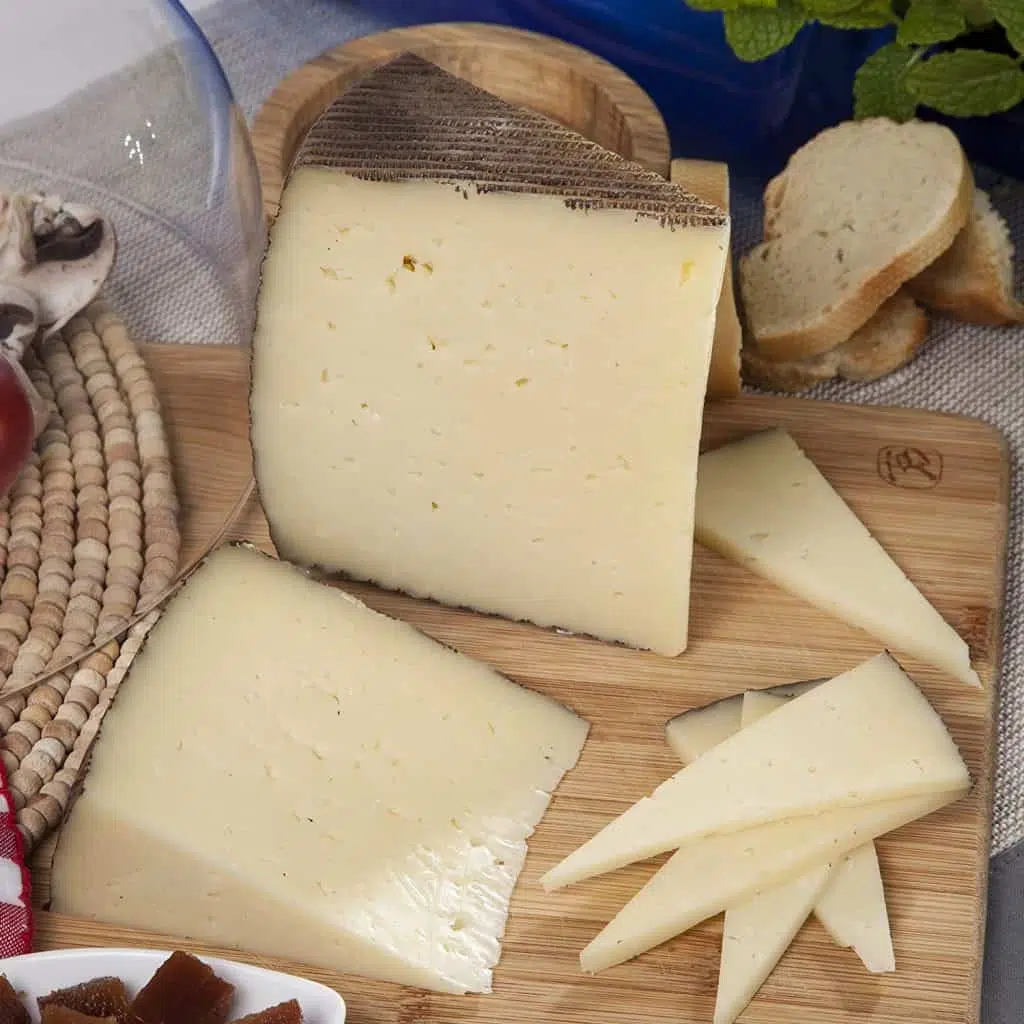Pairing beer with cheese is more straightforward than first thought. Part of the reason is that both are made from the same stuff, grasses. The beer from barley and the cheese, especially farm-sourced cheeses, get their flavors from the grasses the cows eat. Swiss cheeses made from Swiss cows that graze in the lush high pastures in spring and summer have a markedly different taste from cheeses made from the winter milk when the cows feed on dried grasses.
Likewise, beers brewed from unroasted or pale malts will naturally have milder flavors than beers brewed with large amounts of heavily roasted malts.
Experimenting with these wonderful flavor combinations adds to the enjoyment of both the beer and the cheese.
First of all, keep in mind that if it tastes good, you have a winner and enjoy it. If the flavors don’t get along or clash, simply find another cheese.
The following will help you get started on your adventure.
The Complementary
Cheese and beer are no different than people in a way. To make friends, you need to discover what you have in common with each other. Think of the perfect combination of the flavors of chocolate and peanut butter. The salty, sweet taste of the peanut butter pairs perfectly with the rich and creamy chocolate flavors. In the world of beer and cheese, find compatible flavors and combine them to make a match made in heaven.
The Contrast
Take the same peanut butter and pair it with grape jelly. You have that same salty, sweet nuttiness working nicely in contrast to the jelly’s fruity, sweet flavors. This is because sweetness counters acidity, spiciness, and bitterness.
The Palate Cleansers
Sticking with that same peanut butter sample, imagine the flavor sensation of drinking a glass of thick, fresh cream after tasting the peanut butter. The rich cream would overwhelm the palate and coat the mouth so heavily it would glaze over the taste buds. We need a clean palate so
we can enjoy other flavors and not let one flavor dominate.
Bitterness in beer can effectively cut through the fatty flavors and refresh the palate. Carbonation (Carbolic Acid) cleans the palate and refreshes the taste sensors. This team works together to prevent palate fatigue (which is an actual thing).
The Overall Impact
Every flavor has a particular impact on the flavor receptors. A hearty beef stew has much more effect on those receptors than a salmon steak poached in white wine. Likewise, a pungent blue cheese will surely overwhelm a bright and sparkling lager. A better bet would be a stronger flavored beer, such as an India Pale Ale.
Something else to keep in mind is that things that grow together often go together. Either through terroir or cultural familiarity, products produced within the same region are generally a safe pairing. Good examples include Mexican lager beer, and guacamole, or an IPA, and grilled Northwest salmon.
The Five Perfect IPA and Cheese Pairings

The following pairings are meant to help you begin your adventure, not the final stop.
Bleu Cheese/Stilton

Bleu, Stilton, and Gorgonzolas tend to be creamy, nutty, mild to sharp, complex, and earthy, with the Penicillium Roqueforti mold’s distinct character.
The trick to pairing these types of cheeses is finding an equal impact. Imperial IPAs make ideal pairings with these cheeses.
Brie & Camembert

Brie cheeses are creamy and buttery. While Brie presents somewhat of a neutral flavor for many pairings, it is so creamy and buttery that you need an IPA to contrast the rich flavors and refresh the flavor receptors.
Cheddar

English or American IPAs have high levels of bitterness that are a perfect choice for farmhouse cheddar.
English-style Clothbound cheddar, drier and more interesting than your typical block cheddar, has a fruity, grassy flavor, perfect for mellowing bitter hops and teasing out their iconic flavors.
A perfect example is an English-style Clothbound cheddar paired with an American IPA. The beer and cheese mellow each other and create a new flavor similar to golden raisins.
Manchego

Manchego is a lightly to well-aged Spanish cheese that is also mild, nutty, creamy, grassy, earthy, lightly salty, and often subtle.
Manchego is such a clean slate to pair any beer that I suggest an earthy rye IPA.
Parmesan

Parmesan cheese is sharp, fruity, nutty, and savory with a gritty and somewhat brittle texture with a defining saltiness.
A light and refreshing wheat beer may contrast wonderfully, but I suggest the grassy hop notes.
In Conclusion
This is just the beginning.
The wide range of cheeses and beers make for an almost infinite selection of ideal pairings. In Belgium alone, there is a cheese for every style of beer. Many of the Belgian beers have cheeses explicitly made to pair with.
The various Cheddar cheeses produced in England and Ale’s many styles also produced in England make for tasting treats you should not miss.
The main thing is to enjoy the perfect matches you find and learn from those that just don’t go together.
Enjoy!



